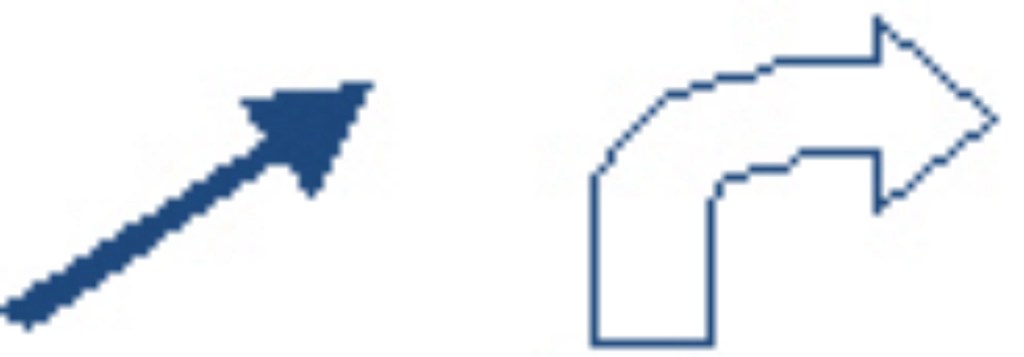This article is re-posted from User Centric’s blog.
Having attended many conferences over the years, I have noticed that navigating from room to room is often more difficult than it should be. This is unfortunate, especially since the events I attend are usually related to improving the user experience.
The problem is that conferences are usually held in locations designed to be multi-purpose but end up not fitting any single purpose well. Conference organizers have to do extra work to ensure their attendees can easily navigate from, let’s say the speaker room to the business center. This can sometimes involve traversing several mid-levels and multiple right and left turns through a maze of random halls and rooms.
After returning from a recent seminar, I started thinking about what makes wayfinding these events work well and what causes them to fail. Here are a few best practices I believe organizers should consider when designing the wayfinding signs for a conference:
1. Directional signs should be located throughout attendee ‘common routes’ and at each intersection along those pathways. Signs at intersections should identify what rooms are available at each turn and long hallways should have signs halfway down to assure attendees they are headed in the right direction.
2. Provide directional signs for food and restrooms within the conference space. Although the facility may have its own wayfinding signs, attendees will be conditioned to wayfinding using the conference branded signs.
3. Match the arrows or other directional indicators on each sign with the actual route directions. Users will interpret the direction of the arrows literally as they are displayed so use diagonal or angled arrows if necessary.
![]()
4. Place identification signs at each room related to the conference as well as any room mentioned on directional or informational signs so attendees can confirm they have arrived at the correct location.Ensure these signs are placed perpendicular to attendee’s view and route so attendees can easily see the signs. Use multiple signs if users are arriving from multiple directions.
5. Match room names referenced on all signs with labels used by the facility. For example, if the business center is in the Indigo Ballroom, make sure that the ‘Indigo Ballroom’ is referenced on the directional sign.
6. Provide users context by including a map of conference-related rooms on directional and most informational signs. Display a map of the entire conference area at the Registration table so attendees can get their bearings as they arrive and include useful reference points such as hotel lobby, elevators and streets outside of the building. Directional signs should also include maps with ‘You are here’ indicators for context while navigating. Finally, include a map with any conference handouts.
Signage and wayfinding are important to orient attendees and help them navigate during the conference. Given how unique and random these spaces tend to be, it is important to take careful consideration when designing wayfinding signage, especially if the conference is in any way related to user experience.




